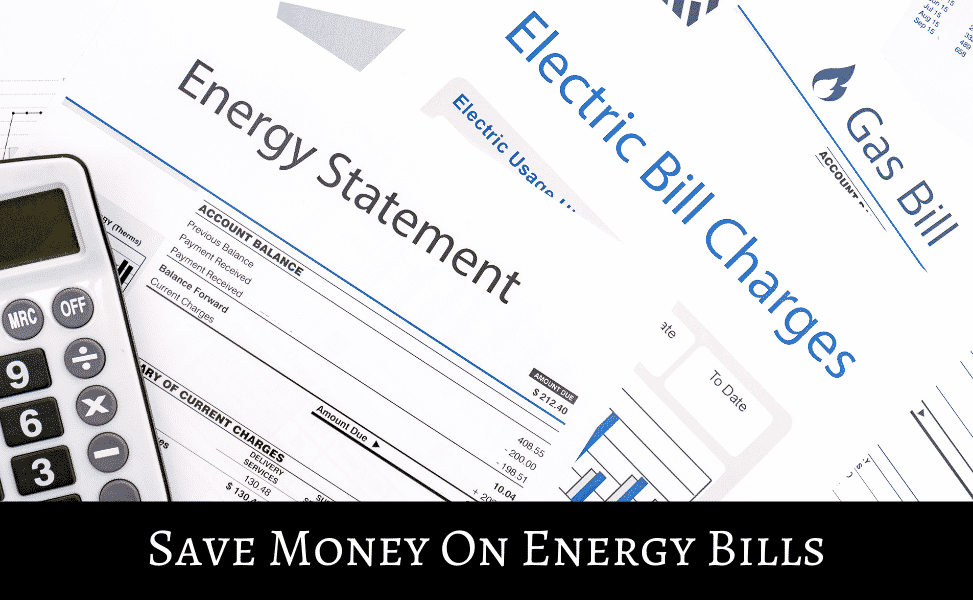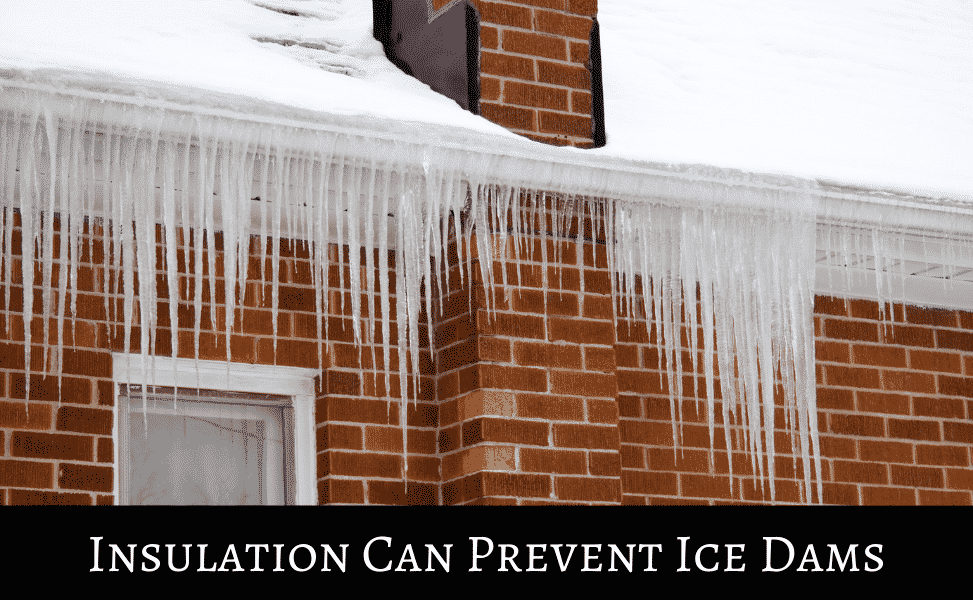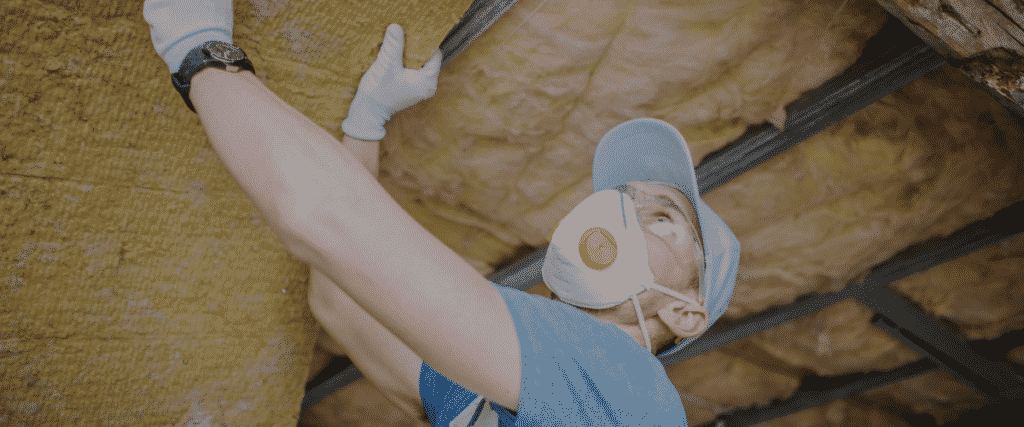Whether you are in the middle of a hot summer or freezing winter, you want to ensure that you insulate your home well to maintain pleasing and comfortable temperatures all year round. However, there is a high chance your home is poorly insulated, as research shows that 90 percent of American homes are under-insulated. What’s worse is most homeowners are unaware of the damages this could cause both in finances and health.
In addition to increasing personal comfort for you and your family, you want to cut on what you spend on energy bills. Remember that the earlier you remedy the issue of poor insulation in your home, the less it will cost you, not to mention it will go a long way in increasing your home value. It may be worth your while to look into the R-Value of spray foam insulation and how it can help you save money for years to come.
If you are unsure whether or not your home is under-insulated, here are signs to be on the lookout for:
High Energy Bills
If you notice an increase in energy bills over a period of time despite no change in consumption, the heating and cooling system may be overworking to ensure your home stays temperate. As a result, the energy bill can increase considerably, and you can notice it if you take a look at your previous bills and compare them with what you are paying now.

Additionally, you may not notice a shift in temperatures since the changes are gradual and happen over an extended period, but a rise in electricity bills is a clear indication and one of the first signs that your home is in need of more insulation.
Cold Walls, Floors, and Ceilings
Normally, the walls and floors of your house should always feel warm and dry. However, in a case where a house is under-insulated, drywall and paneling inside a home can feel cold and damp since the heating and cooling system is not supplying heat evenly around the house. Accordingly, cold walls and floors can result.
By conducting a touch test, you can tell whether your home is well insulated. Compare the temperatures of your internal and external walls and confirm whether the latter are cold, which indicates that warmth is being maintained in the house and not being lost through the walls, floors, and ceiling.
Cold Drafts
Drafts tend to occur when there are openings, especially around doors and window frames, since these are areas that let in cool air from outside and provide spaces for warm air to escape. So, if you feel a breeze or current inside the house (and in some old homes, around light switches), the issue could be due to poor insulation.
Having extra insulation added to the doors and window frames can help keep away the chilly air. In addition to providing thermal efficiency to keep you warm, you will save money on energy bills since you will no longer need to overwork your furnace.
Mice and Bugs in Your Home
The presence of mice and bugs can point you to an opening that, besides being an entrance route for rodents, could also be how cold air enters and warm air escapes from the house. Mice could also be entering the house through doors and gaps in window frames, so do an assessment to spot any openings they could be using to find their way in.

Insulating your home is a sure way to keep rodents away from your house. While here, prioritize any holes and openings that could be serving as ports for entrance. By doing so, you will not only be fighting invaders but will also be keeping internal temperatures at desirable levels.
Ice Dams on the Roof
Ice dams are another telltale that your insulation needs some checkup. These occur when heat melts the snow atop your house, which then trickles down the gutter and freezes once it meets cooler air. The result is large chunks of ice called ice dams, which, in addition to being aesthetically unattractive, can become a safety hazard when they start falling.
A viable solution to ice dams on your roof is ensuring your home is well insulated. In the end, you can be guaranteed more bearable temperatures in the house as well as a safe environment for everybody. The right kind of insulation can also help prevent your roof from leaking.
Mold
If you notice a puddle accompanied by green, grey, and black spots, you are probably dealing with mildew. The growth of fungi is due to excessive dampness in walls, which arises due to poor insulation. In regard to health, mildew can be toxic as it can lead to respiratory issues, especially to people who have a sensitivity to fungi. Common symptoms are shortness of breath, irritation in the eyes, nose, and throat, coughing and wheezing, and skin irritation.
To deal with mildew in your home, you first need to identify the source of dampness and address it. If it has caused extensive damages to your walls or floor, you should consider consulting a professional for a total cleanup and insulation.
Summary
Indeed, a lack of proper insulation can be pretty damaging not only to your house but also to finances and health. Checking whether your house is well insulated can help prevent potential hazards, keep your home warm, and ensure you maintain the value of your house.

